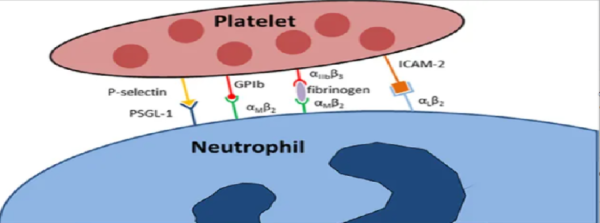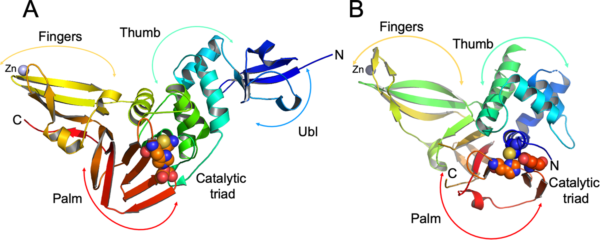In drug discovery, the search for novel compounds with diverse chemical scaffolds is crucial to target a wide range of diseases. The Spiro Library offers a unique collection of spirocyclic compounds that hold immense potential for therapeutic intervention. This blog post delves into the world of spirocyclic chemistry, the design principles behind the Spiro Library, screening strategies, and the therapeutic applications of these fascinating compounds.
Understanding Spirocyclic Compounds:
Spirocyclic compounds feature a unique structural motif where two or more rings share a single atom, creating a “spiro” configuration. This characteristic arrangement imparts intriguing physicochemical properties to spirocyclic compounds, making them valuable in drug discovery programs. The Spiro Library focuses on synthesizing and exploring the diverse chemical space of these compounds to discover new therapeutic agents.
Design and Synthesis of the Spiro Library:
The design of the Spiro Library leverages computational methods, including molecular modeling and virtual screening, to explore the vast chemical diversity of spirocyclic structures. Key considerations involve selecting appropriate building blocks and employing synthetic strategies to generate complex spirocyclic frameworks efficiently. Technological advancements, such as combinatorial chemistry and multicomponent reactions, contribute to the rapid synthesis and generation of a diverse set of spirocyclic compounds for further evaluation.
Screening Strategies:
High-throughput screening assays are conducted to assess the bioactivity and therapeutic potential of the compounds within the Spiro Library. Various biological assays and target-specific assays are employed to determine the compounds’ efficacy, selectivity, and mechanism of action. Modern screening technologies, such as fluorescence-based assays and phenotypic screening, help identify lead compounds that demonstrate promising activity against specific disease targets. Hits from these screenings serve as a starting point for further optimization and development.
Therapeutic Applications:
The Spiro Library has shown promise in targeting a wide range of diseases. Spirocyclic compounds have been explored in the areas of oncology, central nervous system disorders, infectious diseases, and inflammation. Their unique structural features and potential interactions with biological targets make them attractive candidates for drug development. Additionally, the Spiro Library allows for the discovery of diverse compounds that may have advantages over existing therapeutic agents, including improved efficacy, reduced side effects, and novel mechanisms of action.
Potential Advantages and Challenges:
Spirocyclic compounds offer several advantages in drug discovery. Their three-dimensional and conformationally constrained structures often lead to improved binding affinities and selectivity for target proteins. Furthermore, spirocyclic compounds may possess better metabolic stability and membrane permeability, facilitating their delivery into target tissues. Despite these advantages, challenges remain, such as optimizing synthetic methodologies, understanding structure-activity relationships, and addressing potential off-target effects. Continued research and advancements in medicinal chemistry will overcome these hurdles.




